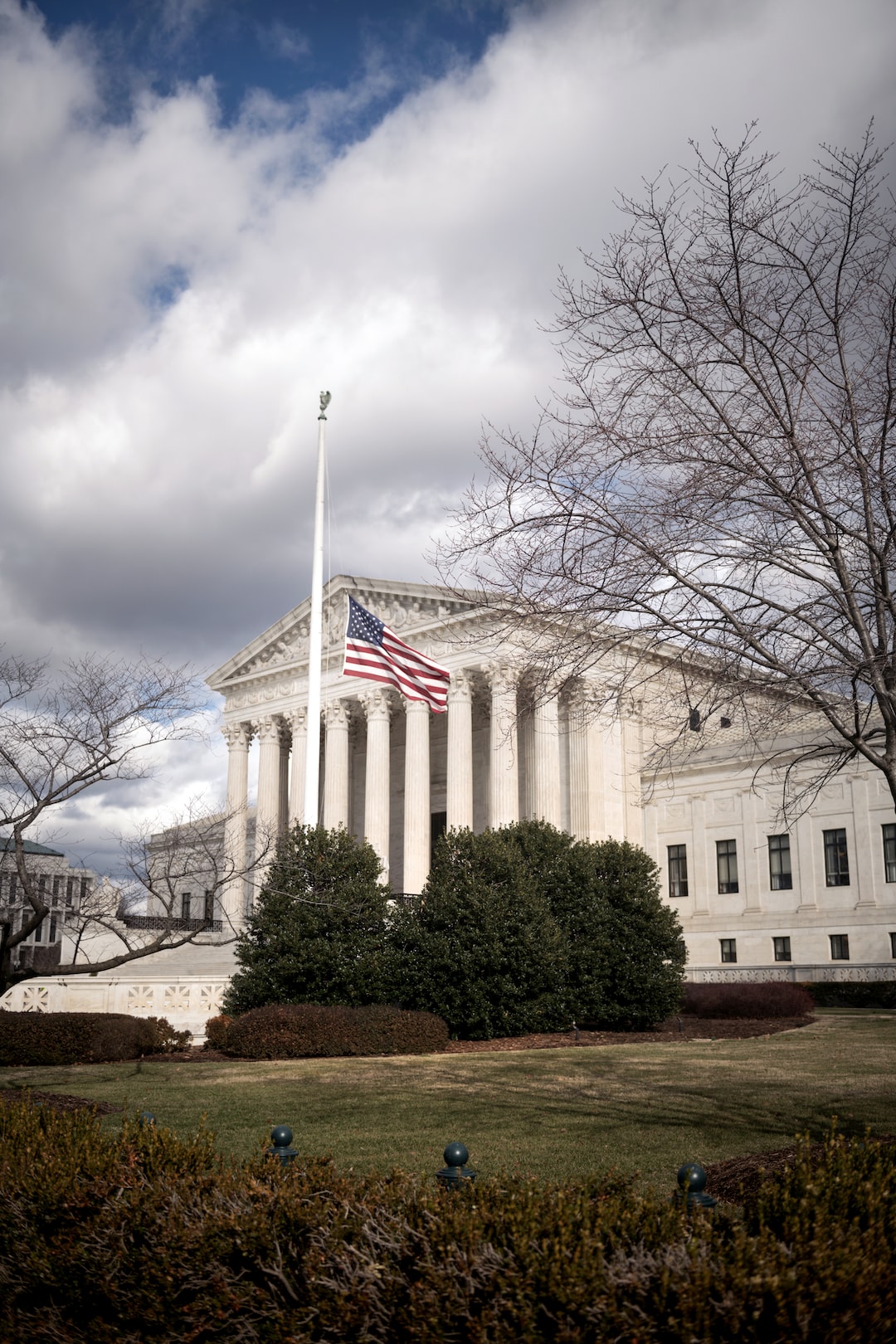In today’s digital age, protecting your creative works is more important than ever. From artists and writers to musicians and entrepreneurs, ensuring that your intellectual property is safeguarded is crucial for both personal and professional reasons. There are two primary legal paths that can assist you in this endeavor: copyrights and trademarks. In this blog post, we will discuss the significance of these two forms of protection and explore how they can help secure your creative works.
First and foremost, let’s delve into copyrights. A copyright grants the creator exclusive rights to their original work, whether it is a book, painting, song, or software. By obtaining a copyright, you have the power to control reproduction, distribution, and adaptation of your work. This means that others cannot copy or use your creation without your permission. Furthermore, copyright protection lasts for the author’s lifetime plus an additional 70 years, ensuring long-term security.
To obtain copyright protection, it is crucial to understand the basics of copyright law. In most countries, copyright is automatically granted upon the creation of an original work, without the need for registration. However, registering your work with the appropriate copyright office can provide additional benefits in case of infringement, such as the ability to seek statutory damages and attorney fees. Therefore, it is advisable to consider copyright registration, especially for valuable and highly marketable creative works.
Now, let’s move on to trademarks. Unlike copyrights, which primarily protect the creative expression of an idea, trademarks safeguard names, logos, slogans, and symbols used to identify and distinguish brands or products. By registering a trademark, you gain legal rights to exclusively use and protect these identifying aspects, preventing others from using similar marks that may confuse consumers. Trademarks create brand recognition and hold immense value in establishing and maintaining a positive reputation.
To register a trademark, a thorough search is necessary to ensure that your chosen mark is not already in use by others. Once you determine availability, you can proceed with filing an application with the appropriate intellectual property office. Depending on the jurisdiction, it may take several months to years for the registration process to be completed. However, once registered, trademarks generally last indefinitely as long as they are being actively used and renewed periodically.
Whether you are an emerging artist seeking to protect your portfolio or an entrepreneur building a brand, understanding copyrights and trademarks can greatly benefit you. By legally safeguarding your creative works, you can prevent unauthorized use, maintain control over your intellectual property, and maximize its commercial value. Remember, copyrights protect creative expressions, while trademarks protect brand identity. Consulting with an intellectual property attorney can guide you through the complexities of copyright and trademark law, ensuring that your rights are adequately protected.
In conclusion, copyrights and trademarks play vital roles in protecting your creative works. While copyrights guard original expressions, trademarks safeguard brand identity. Both forms of protection are crucial for artists, writers, musicians, and entrepreneurs aiming to secure their intellectual property. By familiarizing yourself with copyright and trademark law and seeking professional advice when needed, you can navigate the intricacies of intellectual property protection and focus on what you do best – being creative and successful.

